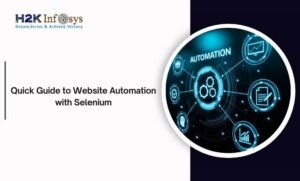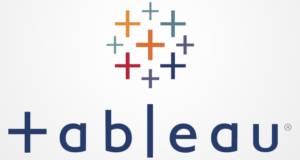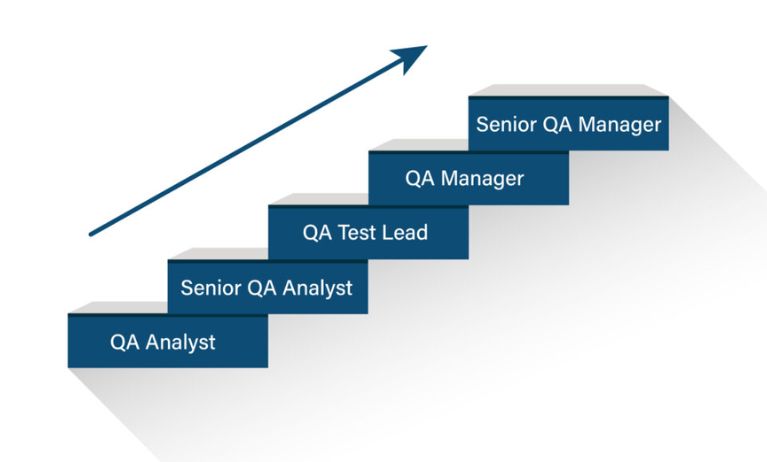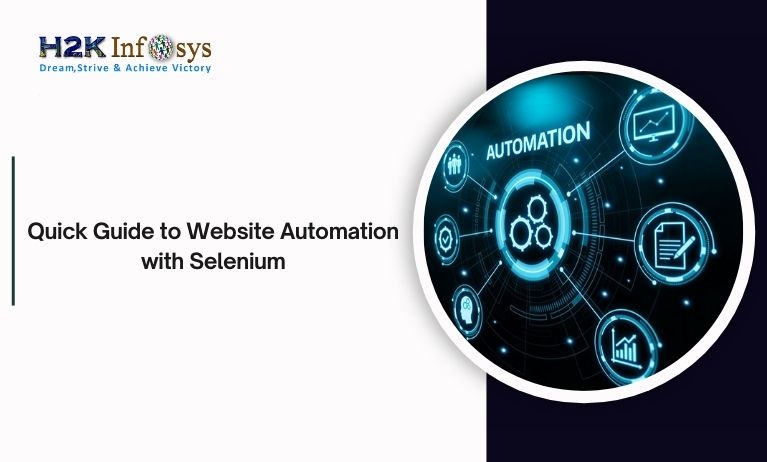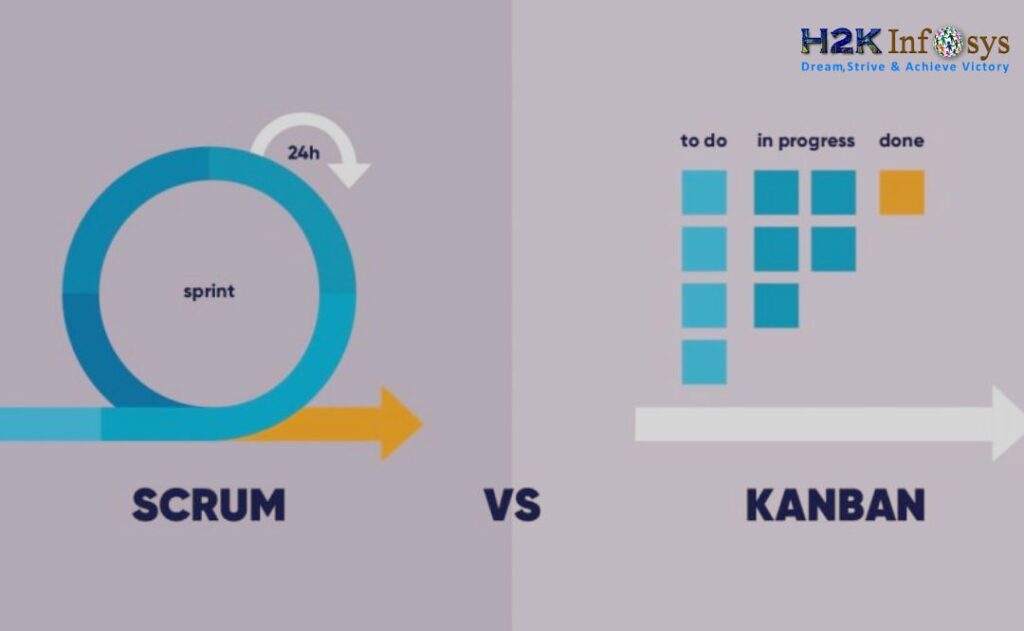Introduction
Tableau is a powerful data visualization tool used by organizations worldwide to analyze and visualize data. When connecting to data sources in Tableau, users often face a crucial decision: whether to use an extract or a live connection. Each option offers unique advantages and trade-offs, depending on the specific needs of the analysis. This blog explores the differences between extract and live connections in Tableau, helping you choose the best option for your data projects.
What is a Live Connection in Tableau?
A live connection in Tableau is a direct link to the data source. It allows Tableau to query the data in real time, ensuring that the most up-to-date information is always displayed. This connection type is beneficial when working with frequently changing data or when real-time analytics are critical.
Advantages of Live Connections
- Real-Time Data Updates: Live connections provide instant access to the latest data, making them ideal for dashboards that require real-time updates.
- No Data Duplication: Since Tableau queries the data source directly, there is no need to duplicate data, saving storage space and ensuring consistency.
- Reduced Data Storage: Live connections do not require storing data locally, which can be beneficial when working with large datasets.
Disadvantages of Live Connections
- Performance Dependency: The performance of a live connection depends on the speed and efficiency of the data source. Slow queries can result in delays and reduced interactivity.
- Limited Offline Access: Live connections require an active link to the data source. If the connection is lost, the data in Tableau becomes inaccessible.
- Data Security: Direct access to the data source may raise security concerns, especially when dealing with sensitive information.
What is an Extract in Tableau?
An extract in Tableau is a snapshot of the data pulled from the data source at a specific point in time. This data is stored locally in a highly optimized format, allowing for fast querying and offline access. Extracts can be full or incremental, depending on the update needs.
Advantages of Extracts
- Improved Performance: Extracts are stored in Tableau’s proprietary format, which is optimized for fast querying and efficient data retrieval.
- Offline Access: Since extracts are stored locally, they can be accessed without an active connection to the data source, making them ideal for offline analysis.
- Data Transformation: Extracts allow for data transformations, filtering, and aggregations during the extract process, enabling users to create customized datasets for analysis.
Disadvantages of Extracts
- Data Staleness: Since extracts are static snapshots of the data, they may become outdated if the source data changes frequently. Regular refreshes are needed to keep the data current.
- Storage Requirements: Extracts require local storage space, which can be a limitation when working with large datasets.
- Data Duplication: Extracts create a separate copy of the data, leading to potential duplication and management challenges, especially with sensitive data.
Choosing Between Extracts and Live Connections
The decision between using extracts and live connections in Tableau depends on various factors, including data update frequency, performance requirements, storage capacity, and security considerations. Here are some guidelines to help you choose the best option:
- Data Freshness: If your analysis requires real-time data, a live connection is the preferred choice. For less frequent updates or offline analysis, extracts are more suitable.
- Performance Needs: If the data source is slow or the dataset is large, extracts can offer better performance due to their optimized storage format. However, if the data source is fast and efficient, a live connection may suffice.
- Storage and Security: Consider the storage implications of storing extracts locally. Additionally, assess the security requirements for handling sensitive data and choose the option that best aligns with your organization’s data security policies.
- Data Transformation: If you need to perform significant data transformations, filtering, or aggregation, extracts provide more flexibility and control over the dataset.
Conclusion
In Tableau, the choice between extracts and live connections significantly impacts the performance, data freshness, and overall user experience. Live connections offer real-time updates and no data duplication, while extracts provide faster performance, offline access, and the ability to customize datasets. Understanding these differences and assessing your specific data needs will help you make an informed decision, ensuring optimal performance and accurate insights for your data analysis projects.




